#Fasciolariidae
Explore tagged Tumblr posts
Text


Photos 1-2 - Gastropoda sp.
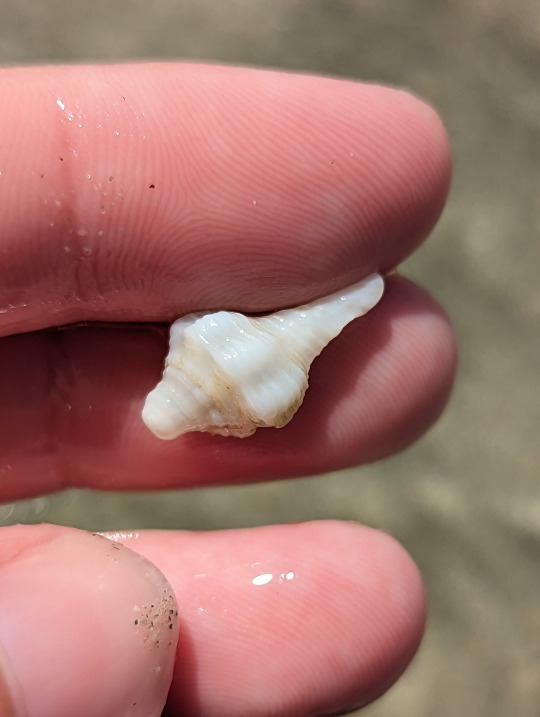
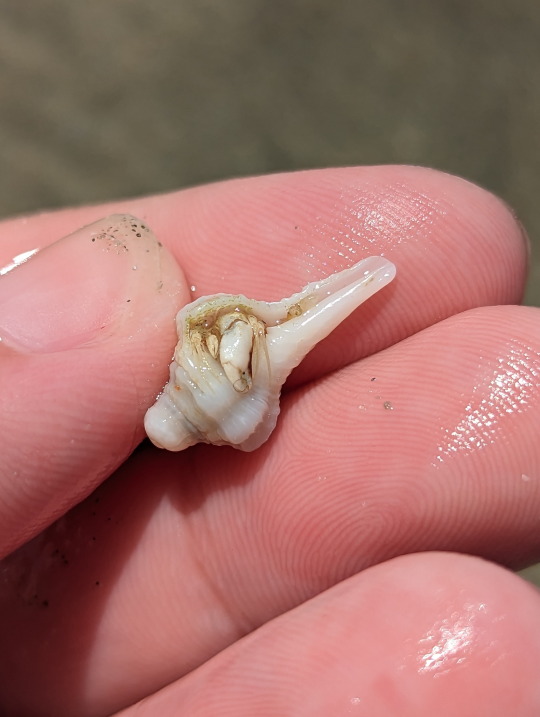
Photos 3-4 - Fasciolariidae sp.

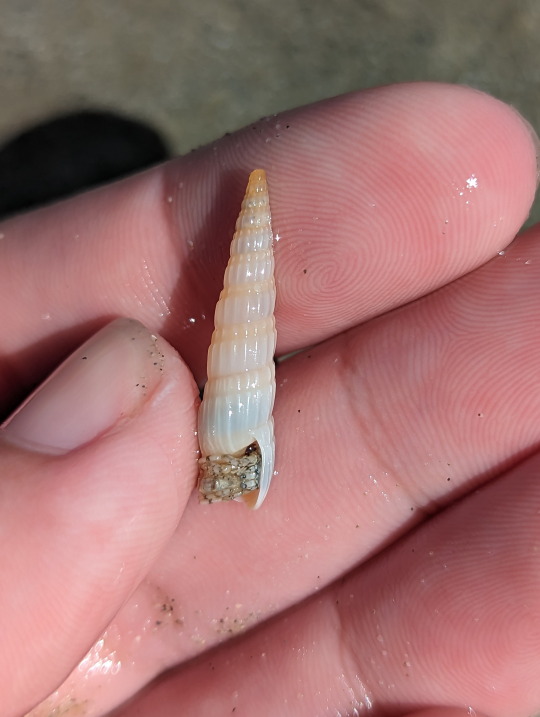
Photos 5-6 - Terebridae sp.
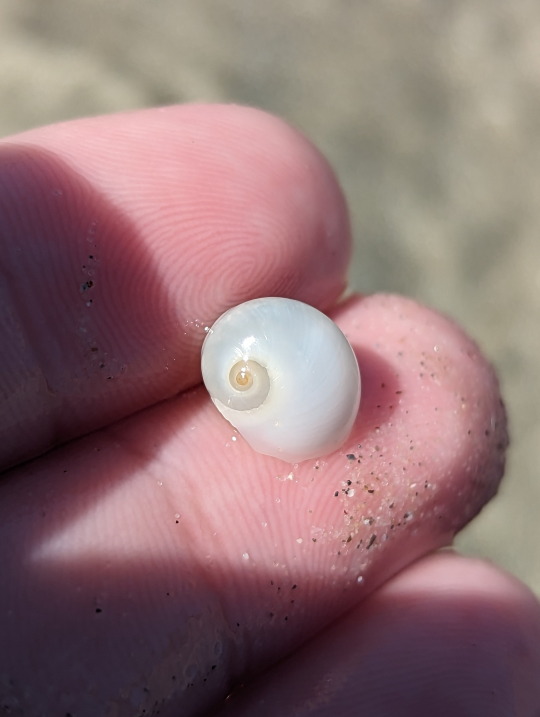

Photos 7-8 - Neverita didyma
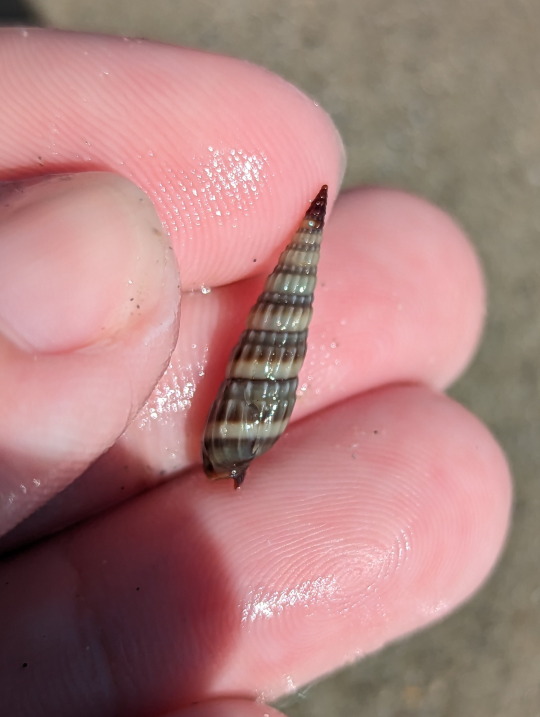
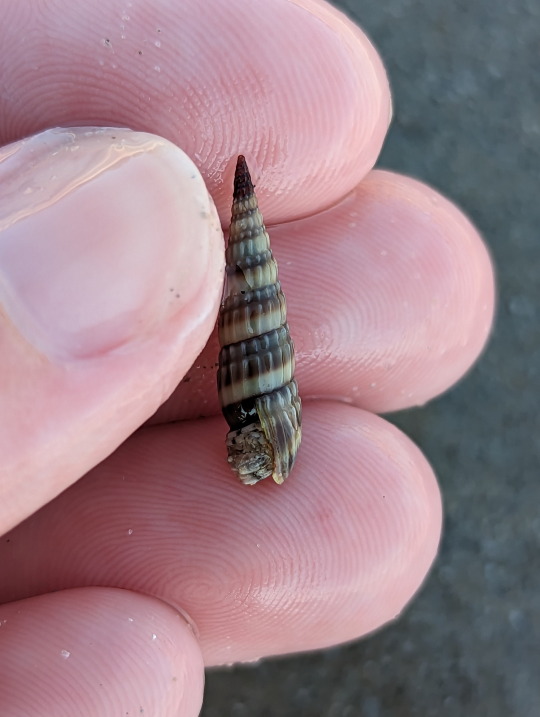
Photos 9-10 - Duplicaria bernardii
More shells washed up on the shores of Woppa.
13/09/23 - Gastropoda spp.
QLD:CQC, Woppa (Great Keppel island), ocean shore
#invertebrates#invertblr#Fasciolariidae#Mollusca#unidentified#Molluscs#mollusks#Caenogastropoda#Caenogastropods#Gastropoda#Gastropods#Terebridae#Auger Shells#Neverita didyma#Bladder Moon Snail#Naticidae#moon snails#Duplicaria bernardii
22 notes
·
View notes
Text


Pleuroploca clava - 115/127 mm, Indonesia
3 notes
·
View notes
Text

Triplofusus giganteus, commonly known as the Florida horse conch, or the giant horse conch, is a species of extremely large predatory subtropical and tropical sea snail, a marine gastropod mollusc in the family Fasciolariidae, the spindle snails, tulip snails and their allies. On average, it weighs over 11 pounds (5.0 kg).
70 notes
·
View notes
Text

Bahamas 20 cent True Tulip Snail Shell postage stamp (1996)
This postage stamp was issued by the Bahamas on 2 January 1996 (Scott Catalogue # 852). It is part of a set depicting seashells. The 20 cent value shows a true tulip snail shell, Fasciolaria tulipa. Classification: Animalia, Mollusca, Gastropoda, Neogastropoda, Fasciolariidae Info at: en.wikipedia.org/wiki/Fasciolaria_tulipa
8 notes
·
View notes
Photo

Two juvenile Striped Fox Conch, also known as the Horse Conch. Controversial part: not actually a Conch, lol. It belongs to the Fasciolariidae family, as apposed to the Strombidae family that the highly sought after Queen Conch belongs to. That is why these little guys are actually carnivorous as apposed to true conch which are herbivores. www CaribbeanKayaking.org #marathonflorida #marathonfl #marathonfloridakeys #marathonflkeys #flkeys #flkeyslife #seasnail
0 notes
Text
New species and new records of deep-water Fusolatirus (Neogastropoda: Fasciolariidae) from the West Pacific
http://dlvr.it/NbcRz1
0 notes
Photo

Crassicantharus noumeensis, usnm1296851_2016-02-23-18.19 (via USGS Bee Inventory and Monitoring Lab)
I believe this mollusk is now called: Crassicantharus noumeensis: Gold-banded Latirus. But I could be wrong it was in the Smithsonian national collection and the name in the unit tray was Latius noumeensis ...thanks to Amanda Robinson for passing this along. Need to work on my lighting...to much fall off to the right.
#Gold-banded Latirus#Crassicantharus noumeensis#Crassicantharus#Fasciolariidae#Buccinoidea#Neogastropoda#Hypsogastropoda#Caenogastropoda#Gastropoda#Mollusca#sea snail#snail#shell#marine life
28 notes
·
View notes
Photo

Name: Latirus moorei Location: Texas, USA, Cook Mountain Formation Age: 37-40 million years ago, Paleogene Period (Eocene Epoch)
These fossils are all specimens of Latirus, one of the most abundant species of snails at a particular Texas site. With such large numbers, Latirus might be expected to have been an important species with a big impact on its ancient community, but that's not necessarily true.
One of the ways that scientists determine the importance of a species is to measure how much energy passes through its individuals from birth to death. To estimate how much energy these extinct individuals of Latirus consumed and then passed to offspring, scientists took hundreds of measurements from dozens of modern species of snails. They used those measurements to calculate out how much energy an average snail uses at a certain size and age.
Scientists compared the energy flow of Latirus to that of other species of snail in the area. The more energy flowing through a species, the more important it was.
After measuring 152 specimens of Latirus and hundreds of specimens of other species of snail, scientists discovered that most of individuals of Latirus died before they were large enough to reproduce. The early deaths mean that the individuals of Latirusdidn't live as long and use as much energy as other snails in the area.
Surprisingly, Latirus had a smaller impact on the community and was less important than other species, from an energy standpoint.
Specimen Number: UT 46547
References: Powell, E.N., and R. J. Stanton, Jr. "Estimating Biomass and energy flow of molluscs in palaeo-communities." Palaeontology 28(1985):1-34.
Where are similar fossils found?
#sea snail#animalia#gastropoda#neogastropoda#fasciolariidae#latirus#moorei#texas#usa#cook mountain formation#paleogene#eocene#mollusca
2 notes
·
View notes
Text

Fasciolaria tulipa - 151 mm, Haïti
2 notes
·
View notes
Text

Latirolagena smaragdulus - 39 mm, Seychelles
0 notes
Text

Leucozonia triserialis - 39,5 mm, Cap Verde
0 notes
Text

Marmorofusus leptorhynchus - 90,5 mm, Egypt
0 notes
Photo

Granolaria salmo - 155 mm, Panama
1 note
·
View note
